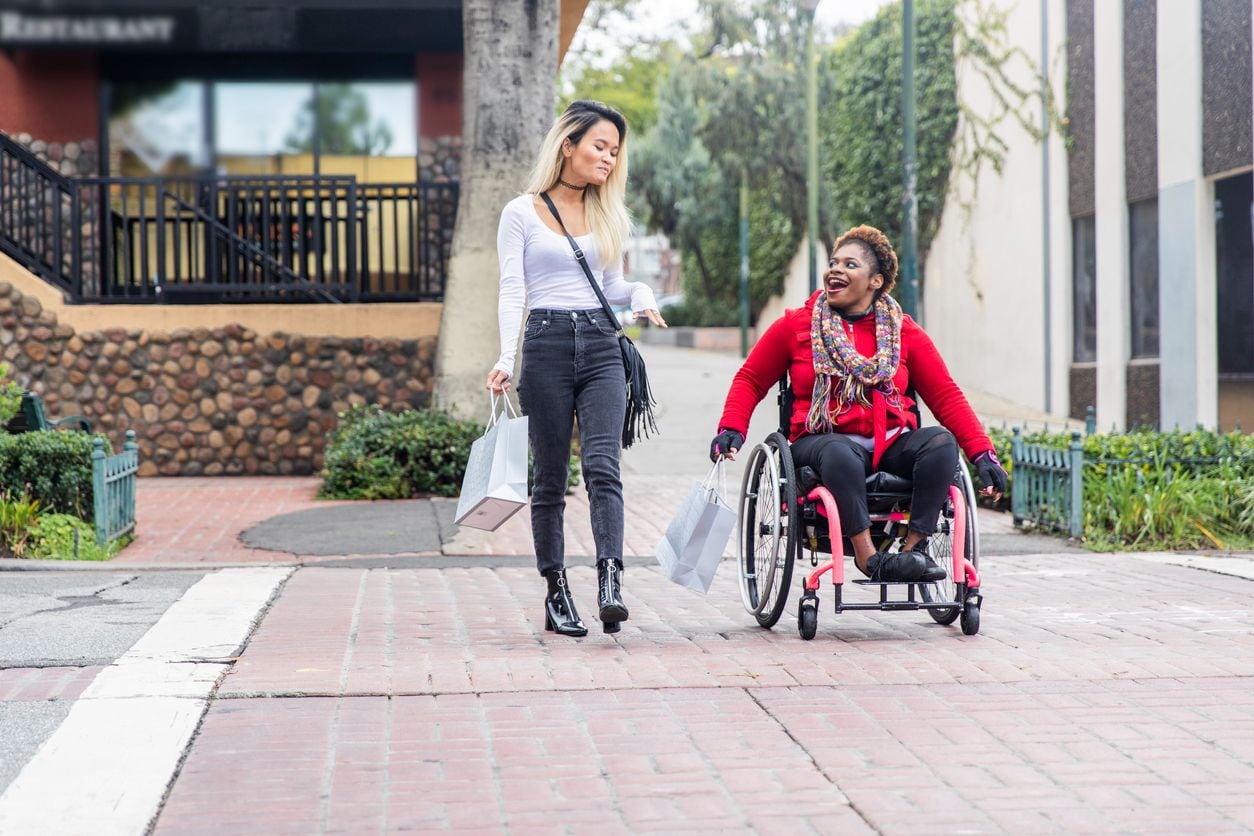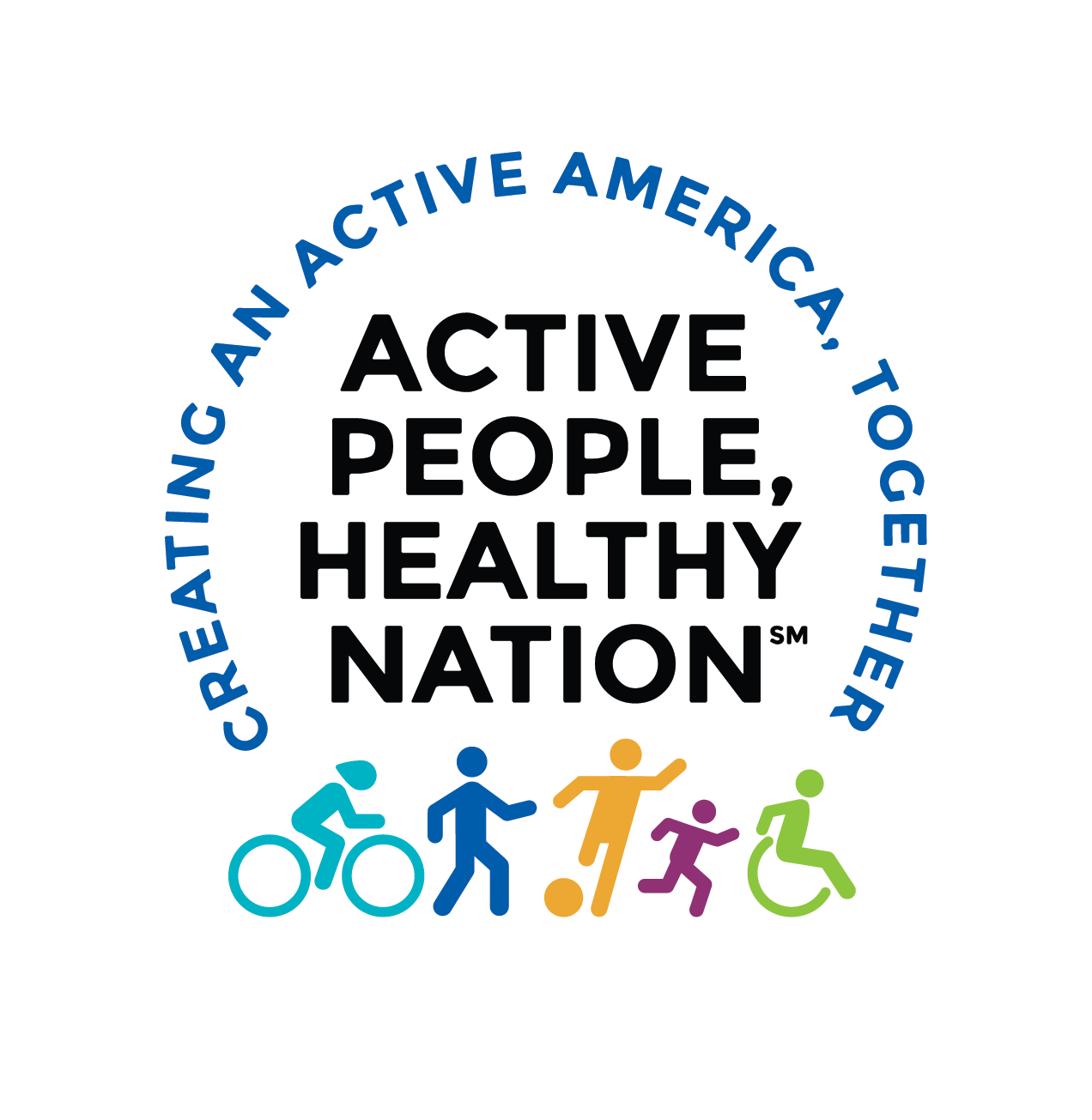How to Make Walking and Rolling Safer for Everyone

In the United States, the number of people killed by motor vehicles while walking has dramatically increased in recent years. This makes October’s National Pedestrian Safety Month more important than ever.
No matter our preferred choice for transportation to get to and from the places we need and want to go, almost everyone walks or rolls at some point during a trip. This can be walking or rolling to your car or a bus stop. And many people walk or roll by choice or necessity.
Everyone has a role in keeping pedestrians safe. Below are some ways to support safety in everyday travel.
When You’re Driving
- Always watch for people walking and rolling everywhere – they are road users too.
- Use extra caution when driving in hard-to-see conditions, such as nighttime, bad weather, or backing up.
- Slow down and be prepared to stop when approaching a crosswalk.
- Yield to people walking or rolling in crosswalks.
- Don’t pass vehicles stopped at a crosswalk because you could strike someone that you don’t see.
- When turning right, look left and right to check for pedestrians who may be crossing too.
- Never drive under the influence of alcohol and/or other drugs.
- Avoid distractions such as texting while driving.
- Don’t exceed the speed limit. Slower speeds save lives.
When You’re Not Driving
- Embrace walking and rolling as a healthy form of active transportation!
- When walking and rolling, improve your visibility by wearing bright and/or reflective clothing and using lights when it’s dark.
- In places with poorly maintained or no sidewalks, walk or roll facing traffic and choose low-speed, low-traffic roads if possible.
In 1970 the United States and the Netherlands had very similar traffic fatality rates, but by 2019, the fatality rate in the Netherlands was 70% lower than that in the United States, largely because the Netherlands improved conditions for people traveling outside of cars. The Netherlands embraced a multilayered approach to road safety and built environments that is far safer for people inside and outside of cars. To learn more about how the United States compares to other developed countries, check out Motor Vehicle Crash Deaths — United States and 28 Other High-Income Countries, 2015 and 2019.
When You’re Engaging Your Community
- Participate in local programming such as Safe Routes to School Programs. Being in groups can improve safety.
- Lead or participate in a community walk audit [PDF-2.7MB] to help show the need for spaces that encourage walking and rolling.
- Educate government leaders in your area about the value of creating communities that make it easy, convenient, and accessible to walk or roll, especially street designs that slow down vehicles.
- Organize with members of your community to improve places for walking or rolling. This can be done by fixing sidewalks, adding lighting, and slowing traffic to make streets accessible for all people, including children, older adults, and people with disabilities.
- Learn about how people in your profession or those who share your interest can promote physical activity. Read success stories, access resources, and find ways to collaborate with other organizations and sectors.
- Support Active People, Healthy NationSM, CDC’s national physical activity initiative that aims to get 27 million Americans more physically active by 2027.
The goal of National Pedestrian Safety Month is to increase awareness around pedestrian safety by reminding people to drive with care each time they are behind the wheel and educate people about how safer transportation systems can help prevent crashes from being serious or fatal.
Safe System Approach
The US Department of Transportation has begun to embrace the Safe System approach. This is the concept that everyone shares in the responsibility for road safety, especially people who plan, design, build, and operate our transportation system. Think about it as a Swiss cheese approach, with five layers of protection to prevent crashes as well as serious injury and death when crashes occur. If one part of the approach fails by “going through a hole” in a layer of cheese, then the next layer of cheese will protect you because the holes in the five layers of cheese rarely align.
The safe system approach is based on five objectives:
- Safe People: Encourage safe, responsible behavior by people who use our roads. Create conditions that prioritize the ability to reach destinations unharmed.
- Safe Speeds: Promote safer speeds in all roadway environments through a combination of thoughtful, context-appropriate roadway design, tailored education and outreach campaigns, and enforcement.
- Safe Roads: Design roadway environments to reduce the risk of human mistakes, to minimize injuries when crashes occur, to encourage safer behaviors, and to facilitate safe travel for different types of roads users.
- Safe Vehicles: Expand the availability of vehicle designs and features that help prevent crashes and minimize the impact of crashes on both occupants and non-occupants.
- Post-Crash Care: Improve the odds that people will survive crashes by expediting access to emergency medical care. Create a safe working environment for vital first responders and prevent secondary crashes through robust traffic incident management practices.
US Department of Transportation Resources
CDC Resources
- Activity-Friendly Routes to Everyday Destinations
- What’s Your Role? Transportation
- Pedestrian Safety
Additional Resources
Want to stay informed? Sign up below to receive information about CDC’s national physical activity initiative, Active People, Healthy Nation and learn about ways to be more active and promote activity-friendly communities.

Sign up today!
